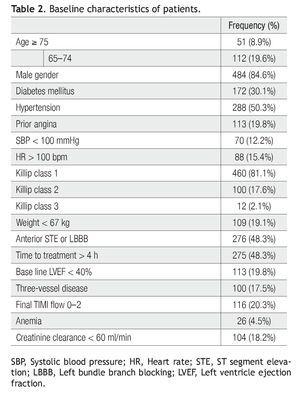


The validation of this risk score in the South Asian population is essential given the differences in genetics, lifestyle, and healthcare delivery in comparison to developed nations. However, data evaluating the usefulness of the TIMI risk score in the South Asian population remains scarce. The ‘Thrombolysis in myocardial Infarction (TIMI) risk score’ is a risk stratification model which has been shown to accurately predict post-PCI mortality in both genders, with the c-statistic value of 30-day mortality ranging from 0.72–0.84. Accurate post-PCI risk prediction in women is thus a necessity, to allow the delivery of appropriate therapeutic interventions to those at increased risk, and thus curtail mortality rates. A recent multicentre registry that included STEMI patients undergoing PPCI from 12 countries showed a remarkably higher 30-day mortality rate in women, as compared to men. Despite being the best management strategy with a decrease in number of re-infarctions, almost 10% of patients undergoing percutaneous coronary intervention (PCI) die within three years, with women having a higher rate of adverse outcomes than men. Primary percutaneous coronary intervention (PPCI) has played a significant role in reducing mortality rates in ST-segment elevation myocardial infarction (STEMI) patients.


 0 kommentar(er)
0 kommentar(er)
